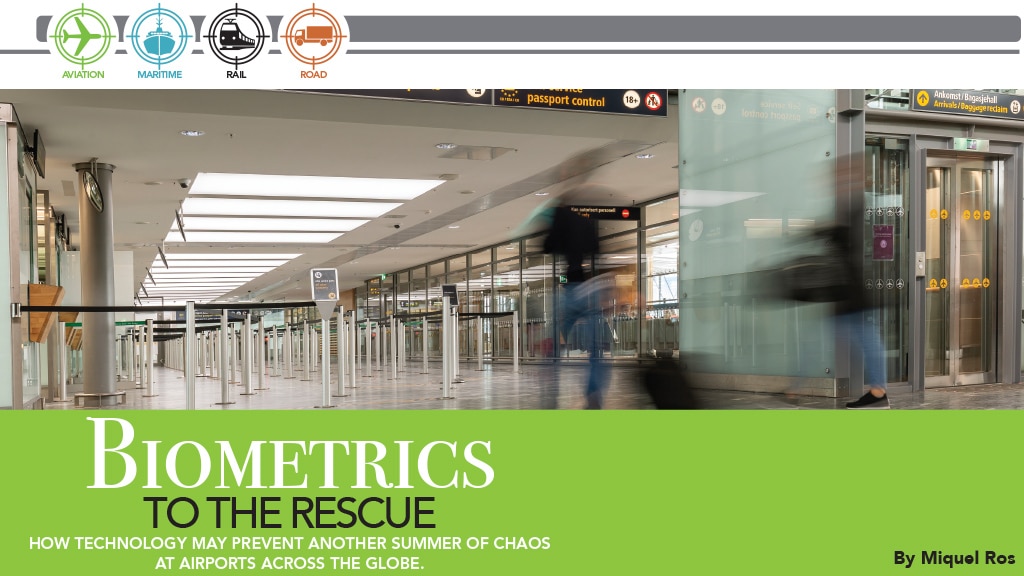Lorries queueing for miles on end at Dover awaiting their turn to board the ferry to France, Amsterdam’s Schiphol airport forced to shelter thousands of passengers in tents as passport control lines stretch all the way to the parking lot, major airports taking the unprecedented step of capping the number of passengers in a desperate attempt to avoid infrastructure collapse…these are just some of the situations those travelling in Europe have had to endure this summer.
Throughout the continent, passport control counters became a trap for millions of unsuspecting travelers and it’s hard to attribute this dire state of affairs to a single cause. Brexit seems to have played a role as far as movements between the UK and the rest of Europe are concerned, since it brought about more cumbersome border checks. In other places understaffing may have been the key factor.
After two years of abnormally low traffic flows due to covid, travel demand has bounced back with a vengeance, catching many in industry and governments utterly unprepared. It takes time to hire and train new border security and airport staff and additional security vetting requirements may slow down the recruitment and onboarding process even further.
Looking ahead, and with international air travel demand right on track to get back to its ascending pre-Covid trend, there’s a distinct possibility that things will just keep getting worse over the long term. Even back in 2018, IATA’s One ID key principles paper was pretty blunt about the risk of passport control becoming a bottleneck that strangles passenger flows saying: “current infrastructure is incapable of supporting forecasted growth without finding innovative methods and processes to support this growth.”
The more or less universal wish to streamline the airport experience must be squared with the strong pressure most governments face to keep their borders secure and travelers safe. It’s a fine balancing act. Are industry and regulators able to prevent scenes like those of last summer from becoming a permanent feature of air travel?

Identity Verification Technology to the Rescue
Border control procedures are still designed around that good old classic, the passport, which remains, to this day, the basic document for international travel. To be fair, today’s passports are way more than a piece of paper. Issuing governments keep adding sophisticated security features, from holograms to special inks, that are designed to make them hard to forge. There is an arms race between authorities and counterfeiters, to the point that the numerous features in a passport can be too much to handle by even a trained person.
The degree of sophistication is such that some manufacturers of passport scanning technology, such as Latvia-based Regula Forensics are marketing photo-spectral scanners able to capture the passport’s details in so much detail that it is possible for border control officers at an airport to request remote support from highly trained specialists. These can verify the authenticity of the passport with pretty much the same degree of confidence they would have if they had it in their hands.
It is not the purpose of this piece to describe in detail the myriad of different security features of varying complexity modern passports incorporate – those have been already described thoroughly in some earlier articles – but to explore, more broadly, the different ways in which technology may be soon streamlining the cross-border travel experience. Like pretty much every other human activity, passport and border control technology has gone digital…up to a point.
ePassports have been around for more than fifteen years and given us a first glimpse of what a digitally-enhanced border control may look like. But, as we shall soon see, we are, so far, just scratching the surface of what’s possible.
When it comes to introducing new technology in an area as sensitive as international border crossings and air travel, with its many national security implications, some sort of international agreement is necessary. ICAO’s Doc 9303, for example, describes the framework that is what has made possible the almost universal adoption of epassports.
Machine readable personal data and RFID chips containing biometric data as well as a small antenna able to exchange data with passport reading machines have brought about some of the most tangible changes for passengers going through airport checkpoints.
Automated eGate and kiosks, for example, are becoming ever more common at airports, streamlining immigration procedures by performing biometric checks on incoming passengers.
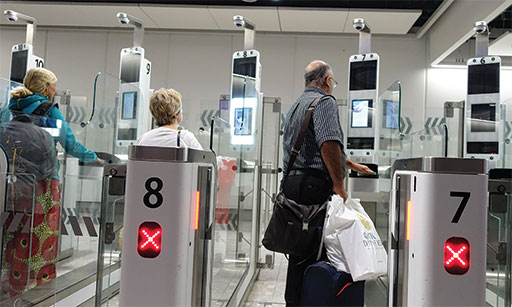
According to SITA’s 2021 Air Transport IT Insights report, 59% of polled airports plan to have automated border control equipment in place by 2024. What’s more, nearly three quarters of airports consider biometric and ID management solutions to be a priority area for investment.
OCR readers are seeing demand go up in non-aeronautical fields too. Csaba Nagy-Amigó, business development director of Adaptive Recognition, a maker of optical character recognition (OCR) readers based in Budapest and with a presence in more than 150 markets, explains how heightened security concerns are driving demand for their devices. For example, in Hungary, Adaptive’s home market, hotels are now required to scan their guests’ passports rather than filling a paper form upon arrival.
OCR readers are also able to extract the biometric information contained in the passport, which can then be matched to a fingerprint, face or iris scan. “What the machine does is check your biometric data and check that it matches the parameters contained in the document you are presenting at that time and place,” explains Alexander Zahn, managing director at Desko, a German manufacturer of passport-scanning machines, which is one of the leading players in this market.
“Once it has been established that the person is, indeed, the holder of that document, government agencies may perform further checks against their own databases to see if that person is allowed to proceed further or gets flagged for some reason,” he elaborates. The system is, thus, not yet fully digital, a physical passport must still be presented.
Zahn is careful to establish the difference between automated and touchless technology. In the former there is no human intervention, but you would still be required to manually manipulate some equipment, for example placing a passport on a reader.
For obvious reasons, touchless processes became popular during the pandemic. They have already entered our daily lives through applications such as mobile payment and banking apps that would have your phone scan your face or the iris of your eye to greenlight an operation. Touchless applications, however, usually require some sort of prior onboarding process with the user consenting to biometric data being collected and linked to a specific identity.
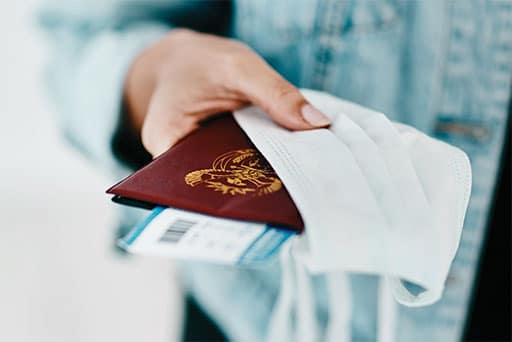
This is the case, for example, of opt-in programs where members voluntarily submit some personal data and in exchange get a streamlined experience. These include government-run programs, such as the CBP’s Mobile Passport Control app in the U. S., but also those run by private operators (albeit in close cooperation with government agencies) such as Clear, which offers fast-tracking at tens of airports across America.
“When we are talking about the provision of personal data there is a difference between what falls within the realm of passenger facilitation and that of regulatory requirements. We talk about facilitation when the traveler volunteers personal data in exchange for a better experience. Facilitation programs are not mandatory, but they provide a small scale testing ground for new technologies that may later pass onto the regulatory domain,” explains Guillaume Xavier-Bender, associate director at LAM-LHA Consulting, a consultancy firm specializing in aviation security and innovation.
Data privacy is, of course, a sensitive topic and one over which it is easy for people to harbor conflicting opinions. For example, the 2021 IATA Global Passenger Survey indicates up to 73% of air travelers are interested in using biometric information instead of the combination of passport and boarding passes for the different airport procedures. At the same time, the same report found that more than half of them are also concerned about personal data loss or worried about not knowing how and by whom their personal data is handled.
Rather strikingly, while 88% of respondents were willing to share immigration data with the relevant authorities in order to expedite the procedures, only 51% were inclined to share biometrics with third party operators, such as travel service providers. This is not a trivial point, since some of the boldest projects right now in the field of border control technology are based on the idea of travelers using a single biometrics-based digital identity throughout the whole travel journey.
Biometrics: Beyond Border Control
Identity verification going entirely paperless would have massive implications for air travelers, which is why both ICAO (the International Civil Aviation Organization) and IATA (the International Air Transport Association) are working in parallel on digital identity projects.
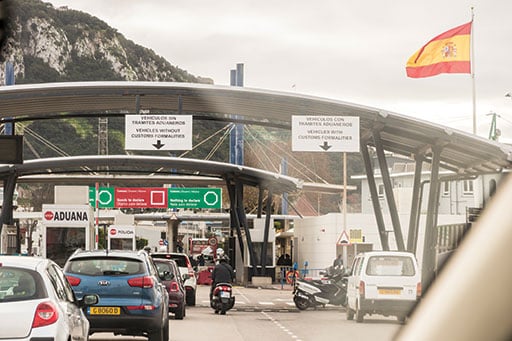
The Digital Travel Credential (DTC) is a project of ICAO, the civil aviation agency of the United Nations.
Developed in cooperation with the International Standards Organization (ISO) and other partners, the DTC aims to provide a digital equivalent to the traditional travel document.
The DTC has two components, a physical and a digital one, that are linked cryptographically. It would be issued by the same government bodies that issue conventional travel documents and contain the same data and security features that electronic machine-readable travel documents (eMRTD), like epassports, do.
There are three types of DTC depending on the degree of independence from the existing passport format.
The first, most basic, version, the so-called DTC Type 1 was already endorsed by ICAO in November 2020. It would allow the user to self-generate the DTC, but the physical component will still be the passport, which will need to be presented when requested. DTC Type 2 would see a government-issued token that could be presented on its own, but always keeping the physical passport as a backup for reference purposes. Finally, Type 3 would do away with the physical passport completely. You would be able to travel around with the DCT on your mobile phone. At this stage, the physical component of the DTC is not the passport, but the smartphone.
The potential of DTC not only resides in its ability to streamline immigration procedures, but also in the capability to integrate other touch points along the travel journey that require identity verification, from airline check-in and boarding to vaccination status verification or even lounge access. It is not surprising then, that IATA has also taken an active interest in the matter, with its One ID program moving in a similar direction.
Just as in the aforementioned opt-in schemes, adoption of DTC and other digital identity formats by private businesses will likely be a gradual process.
Fast-track to Business Opportunities?
The passport verification industry is already taking into consideration the need to integrate their systems with the broader travel services ecosystem.
For example, Vision-Box, a Portuguese firm that has installed eGates at airports such as Dubai and Singapore’s Terminal 4 has designed its Orchestra identity verification system so that it can communicate seamlessly with other third party systems.
Even in this highly regulated environment, government agencies rely heavily on private operators to develop and run most of these technologies.
“This is a competitive market: on one hand, there is a group of firms that have a long tradition of working side by side with national governments in developing identity and authentication solutions, on the other, a handful of younger companies which have been making inroads in the market through innovation,” explained LAM-LHA Consulting’s Xavier-Bender.
Nagy-Amigó, of Adaptive, confirms the role of startups in driving innovation forward in this space, “Everyone in this industry pay attention to entrepreneurs, you often see small teams working on interesting deep science problems which end up being acquired by the incumbents,” he explained while describing how some of the hottest technologies of the moment, such as artificial intelligence and neural networks, are employed by the passport verification industry. “Our scanners use a form of artificial intelligence. You train it to recognize the different forms, shapes and patterns that are added to passports to enhance their security,” Nagy-Amigó added.
An immediate area of opportunity for companies operating in this space is the upcoming implementation of the European Entry/Exit System (EES). EES is, in essence, the EU’s visa-waiver program, which will require visitors from outside the bloc (including the U. S., UK and Canada), to pre-register their details electronically in a way similar to the U. S. ESTA. Preparations for the implementation of this system, which will cover the EU’s external borders, are already under way with a view to a general roll out in May next year.
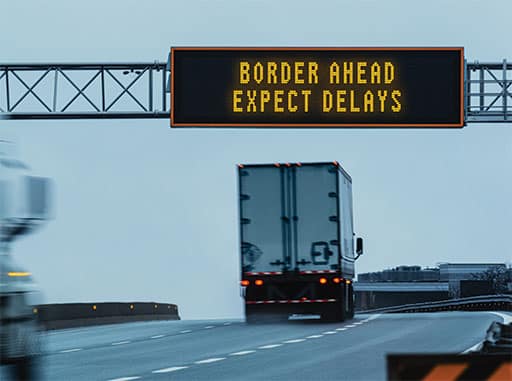
“We anticipate a wave of investment in border control technology as European states prepare their international gateways for the EES rollout” explained Yann Tremeac, product line manager for Borders at Thales. The European aerospace and defense giant, which in 2019 acquired the Dutch firm Gemalto, one of the leaders in the identity solutions space, is marketing a new generation of passport kiosks that include many of the state-of-the-art biometric technologies that are ready for deployment.
Thales has also been running pilot tests at several airports and railway stations in Spain and France, with biometrics playing a major role. For example, at the test being run at Adolfo Suarez Madrid-Barajas Airport, biometric checks are done through tablet-type devices, an approach that will limit physical contact and is expected to accelerate throughput.
Just as the pandemic accelerated the adoption of many digital technologies, will the introduction of the EES act as a catalyst for the popularization of the digital identity programs?
What seems likely is that as governments push for travelers to use digital identity documents, new opportunities will open in this market in years to come for established operators and startups alike.
